Thumbsucking uncovered: science, myths and how Orthodontists can help your child kick the habit.
3 minutes reading time
We can all agree that sucking a thumb well into childhood changes kids teeth. Persistent thumb sucking leads to kids teeth becoming more prominent and sticking out. It also has an effect on the upper jaw shape making it more narrow and longer. In other words, sucking a thumb creates a vacuum that moulds the soft bones of the jaw around the thumb. The amount of change is equal to the amount of time and the vigor of sucking that happens. If a child sucks their thumb only occasionally then it is unlikely to have an effect on the jaw, however if they suck it all night long, the effect on the teeth and the jaws is likely to be more pronounced.
Why do kids suck their thumb in the first place?
Research has found that many babies suck their thumbs in the womb. Infants who suck their thumbs have been shown to reoptimize their heart beats and breathing patterns when they are upset. Sucking has also been shown to regulate infants tummy muscle movements so they can better digest their food.
When does thumbsucking start to outweigh the benefits?
The short answer is when it starts to have an effect on the facial appearance. When adult teeth first come in around 5 to 7 years of age they will grow until they reach their full potential or are met with some resistance. If something like a thumb is placed in the mouth a few times a day that is enough to stop the teeth growing down to their full potential and they will start to lean out in the face with the natural pressure from the thumb.
This relative ease of movement is a good thing too because it means that when a kid stops sucking their thumb the teeth can grow down and correct themselves to some degree. Kids are often pleasantly surprised at how their teeth move and look better when they stop sucking their thumb. Their parents are even more surprised.
Some people think it is too late to stop and their teeth are completely set. This is actually not the case, and teeth will still improve if the thumb is removed especially in vigorous thumbsuckers. Orthodontic treatment may still be needed to correct the changes in the teeth but it may not be as extreme.
What to do if you have tried everything?
If thumb sucking has persisted despite your best efforts then it is probably time to see an Orthodontist who can provide additional guidance and support tailored to your child’s needs. An Orthodontist is trained in strategies that may be able to help your child stop sucking their thumb. This can be as simple as using sports tape at night to tape their finger or thumb at night or the use of a T guard (link here) which can be really effective at stopping the habit.
With a persistent thumb sucking habit in older kids or teens an Orthodontist will fit a thumb crib appliance. This is a wavy wire that is connected to molar bands and sits in the roof of the mouth. It is glued on the upper molar back teeth and acts as a barrier to stop thumb sucking. It is not painful however some people can get a slight lisp for a few days. The thumb crib appliance is in place for about 4-8 weeks and then it is removed. The braces or aligners if needed will be fitted after this.
Thumb or finger sucking can also be triggered by boredom or fatigue or it can be associated with toys or blankets. It is important to keep an eye out for these and gently encourage other alternative toys or distractions. Breaking a thumb or finger sucking habit takes time and patience and although it is hard it is important to be supportive throughout the process and use lots of positive reinforcement.
If you found this helpful please share with someone who thinks it may be interesting.
And if you are concerned about your child’s or teen’s thumb sucking and the effect it might be having on their teeth please contact us on 03 546 6981 or admin@nelsonorthodontics.co.nz to speak to one of our friendly team.
